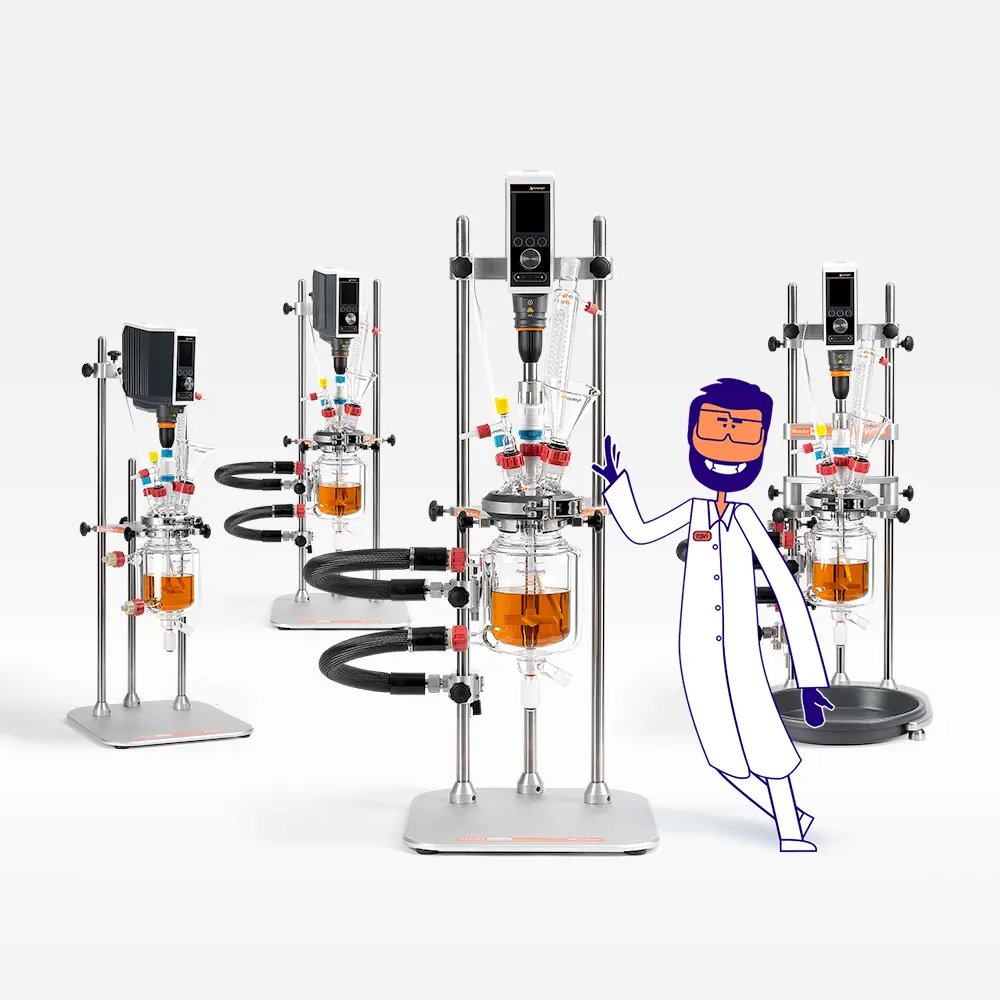Blog Standard

Algae-Based Phosphate Removal: A Sustainable Approach to Wastewater Treatment
Wastewater contamination with phosphates poses significant environmental challenges, primarily due to human and animal excretion, as well as residues from fertilizers and cleaning agents. These phosphates act as fertilizers in water bodies, contributing to the phenomenon of eutrophication—an excessive accumulation of nutrients that triggers harmful plant and algae growth. Consequently, phosphate removal is a critical step in wastewater treatment to maintain ecological balance.
Phosphate Removal Methods
In wastewater treatment plants, the removal of phosphorus is traditionally achieved through a chemical process known as phosphate precipitation. During this process, metal salts are added to bind the dissolved phosphates, which then precipitate as insoluble compounds. These compounds can subsequently be separated from the water. However, many of the precipitating agents used are by-products or waste materials from industrial processes, which may contain heavy metals. These metals can accumulate in sewage sludge, presenting an undesirable side effect.
An alternative to this chemical method is the use of biological processes, such as algae-based phosphate removal. Algae have the ability to absorb phosphates as nutrients and metabolize them for growth. Rather than creating sedimented metal phosphates, this biological approach generates biomass, which can be separated and processed through the sewage sludge. The advantage of this method lies in its potential for producing valuable biomass instead of harmful by-products.
Research on Algae in Wastewater Treatment
At the competence center for sustainable engineering and environmental systems (ZEuUS) at the Technical University of Mittelhessen, Prof. Ulf Theilen and his team are exploring the potential of algae in wastewater treatment, focusing on both nutrient elimination and the further use of the biomass produced. Two doctoral projects, led by Ms. Tatjana Lorenz and Mr. Nils Hasport, are investigating algae’s role in removing nutrients from wastewater and the material and energetic uses of the resulting biomass.
The researchers are particularly interested in reusing the algae biomass as fertilizer or generating biogas. Due to their rapid growth, algae offer a biogas production potential comparable to that of maize, the current primary substrate for biogas production.

Reactor-Ready™ Flex Lab Reactor
Experimental Setup and Findings
To assess the biogas potential of algae, 24 reactors, each with an 8-liter capacity, are operated at the university using Heidolph laboratory stirrers (RZR 2102 control and 2041*). These reactors are designed to simulate the conditions necessary for algae cultivation and biogas production. The cultivation process is also conducted on a laboratory scale using Heidolph overhead stirrers. In these so-called open pond systems, the natural flow of water is mimicked using a paddle driven by the agitator, ensuring optimal conditions for algae growth.

Experimental Setup
Conclusion
The research conducted by Prof. Theilen and his team highlights the significant potential of algae as an alternative to traditional phosphate removal methods in wastewater treatment. By utilizing algae for nutrient elimination, and converting the resulting biomass into valuable resources like biogas or fertilizer, this approach offers a sustainable and environmentally friendly solution to phosphate pollution. The f indings from these studies could lead to the development of more efficient and eco-conscious wastewater treatment methods in the future.
Inkarp Instruments is India's trusted leader in distributing and servicing Radleys products, providing cutting-edge scientific solutions. With a commitment to quality and reliability, we deliver top-tier products and unwavering support to researchers across the country.
References - Radleys

